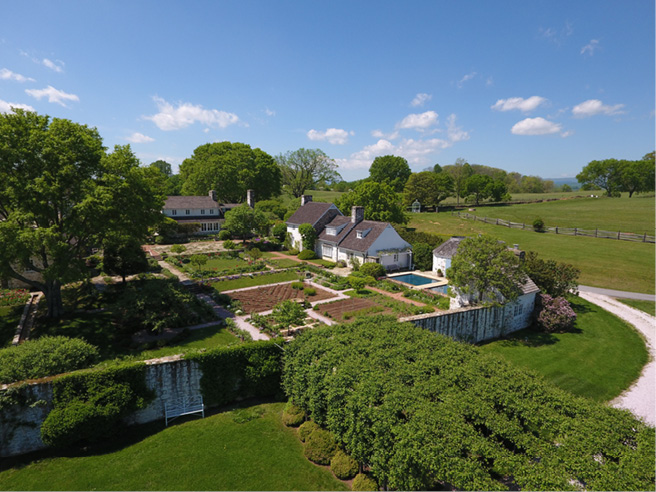Contents
|
Acknowledgments |
||
|
Notes on the Contributors |
||
|
Preface |
||
|
Introduction: Ways of Knowing, Ways of Valuing Nature |
||
|
Section I: Presences in the More-Than-Human World |
||
|
1. |
Creaturely Migrations on a Breathing Planet: Some Reflections |
|
|
2. |
Learning a Dead Birdsong: Hopes’ echoEscape.1 in ‘The Place Where You Go to Listen’ |
|
|
3. |
Humilities, Animalities, and Self-Actualizations in a Living Earth Community |
|
|
Section II: Thinking in Latin American Forests |
||
|
4. |
Anthropology as Cosmic Diplomacy: Toward an Ecological Ethics for Times of Environmental Fragmentation |
|
|
5. |
Reanimating the World: Amazonian Shamanism |
|
|
6. |
The Obligations of a Biologist and Eden No More |
|
|
Section III: Practices from Contemporary Asian Traditions and Ecology |
||
|
7. |
Fluid Histories: Oceans as Metaphor and the Nature of History |
|
|
8. |
Affectual Insight: Love as a Way of Being and Knowing |
|
|
9. |
Confucian Cosmology and Ecological Ethics: Qi, Li, and the Role of the Human |
|
|
Section IV: Storytelling: Blending Ecology and Humanities |
||
|
10. |
Contemplative Studies of the ‘Natural’ World |
|
|
11. |
Science, Storytelling, and Students: The National Geographic Society’s On Campus Initiative |
|
|
12. |
Listening for Coastal Futures: The Conservatory Project |
|
|
13. |
Imaginal Ecology |
|
|
Section V: Relationships of Resilience within Indigenous Lands |
||
|
14. |
An Okanogan Worldview of Society |
|
|
15. |
Indigenous Language Resurgence and the Living Earth Community |
|
|
16. |
Sensing, Minding, and Creating |
|
|
17. |
Land, Indigeneity, and Hybrid Ontologies |
|
|
Section VI: The Weave of Earth and Cosmos |
||
|
18. |
Gaia and a Second Axial Age |
|
|
19. |
The Human Quest to Live in a Cosmos |
|
|
20. |
Learning to Weave Earth and Cosmos |
|
|
List of Illustrations |
||
|
Index |
||

Fig. A1 Garden Aerial. Oak Springs Garden Foundation House, Upperville, Virgina. Photograph by Max Smith (2018), CC BY.
